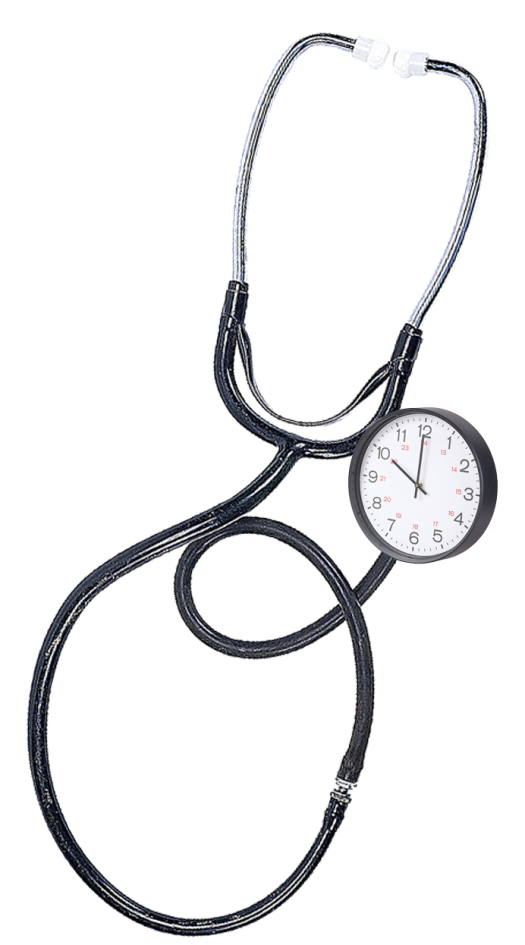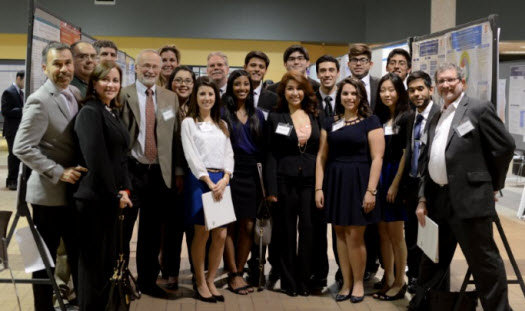
A student-centered, clinically focused program designed by the University of Texas System aims to increase the effectiveness of medical education while shortening the time it takes to get a medical degree. The innovative pilot program called TIME (Transformation in Medical Education), involves four partnerships among several UT institutions, with the first medical students joining UTMB in 2016.
Dr. Steve Lieberman, senior dean of administration at UTMB and co-chair of the TIME initiative, said that expanding clinical training throughout medical school and providing mentors will help students become physicians “more quickly and completely” than traditional medical school.
It currently takes eight years to complete undergraduate studies and medical school in the United States. However, in most of the rest of the world, doctors graduate after five to six years. The time required here is part of an antiquated system that has been in place for 105 years, Lieberman said.
“If we can show that we can train students more quickly—in six or seven years—with as good or better outcomes, how could we not do it for everyone?” Lieberman asked. “Unless there’s some logistical reason why we couldn’t do it, then we ought to be doing it.”
In addition to possibly addressing the shortage of doctors, the TIME program will help reduce the debt that many physicians incur during their education. The median amount is $170,000, according to the Association of American Medical Colleges. The TIME program could save participants a quarter of that debt.
If the program is successful, it could result in other medical schools adopting a similar system.
The TIME Model
Premedical and medical educators at UT System institutions have developed the TIME model for physician education, which spans the traditional baccalaureate/medical school boundary. In addition to relevant basic and clinical sciences, this model incorporates four major elements:
- Pre-health professions program. Students work interprofessionally to learn traditional, nontraditional and clinical subjects and to demonstrate teamwork and professionalism.
- Competency-based education. Student advancement and degree completion is based upon demonstration of abilities rather than duration of education.
- Professional identity formation. Personal and professional maturation achieved through intentional experiences, reflection and mentoring.
- Nontraditional fields of study. Education important to future physicians includes medically related and nonmedical subjects that have not been emphasized traditionally.

UTMB’s A-PRIME Initiative
The Association of American Medical Colleges estimates that the nation will see a shortage of 46,000 to 90,000 doctors by 2025. And Texas ranks near the bottom in doctors per capita in the U.S. UTMB is partnering with UT Rio Grande Valley, UT El Paso and UT Health in Houston in a new TIME initiative called A-PRIME (Accelerated Professional, Relevant, Integrated Medical Education). The goal of the partnership is to develop a model of physician education that is widely recognized for its innovative approach, educational effectiveness and professionalism of its graduates. Find out more at www.aprimetime.org or www.utsystem.edu/initiatives/time.